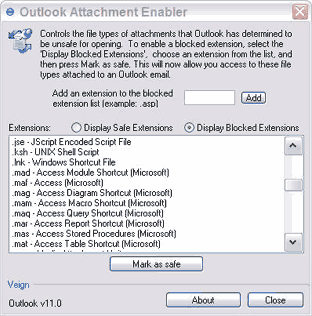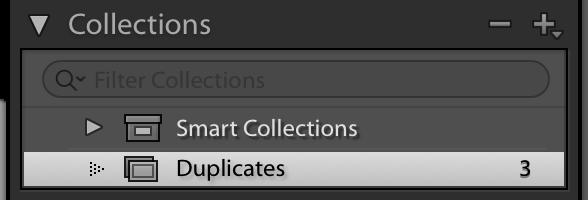
Syncthing might only need to store two different blocks of changed data instead of storing the entire file twice. Depending on your usage and files, you may only make slight changes to your files. This is likely why the deduplication rate in Syncthing’s network is so high. File versionings preserves copies of modified files. The feature can significantly reduce the disk space consumed by Syncthing’s file version system. The same mechanism is used to reuse identical on-disk blocks between files. The storage deduplication feature re-purposes this bandwidth-saving feature to save local disk space. The potential savings of Syncthing’s storage deduplication feature can be assumed to be near this figure.

As of the time of publishing, 56,48 % of synced data was reused from local files. Among the collected data, it records how much data transfer is reduced because of this feature. Syncthing collects usage data from its users. This saves transfer time, network bandwidth, and energy. The blocks can be reused between files and even between different synced folders.

It compares which blocks have changed and will only send changed blocks over the network. Syncthing chunks large files into blocks, similar to how a file system works. It lets you safely synchronize folders without having to trust a cloud storage provider with your data. Your files are transferred directly among your devices.

You can think of Syncthing as cloud storage service like Dropbox or OneDrive but without any intermediary servers or costs. You can now optionally also let it deduplicate data storage to reduce your storage costs. It uses deduplication techniques to reduce the amount of data it needs to transfer over the network saving you bandwidth costs, energy, and time. Syncthing is an open-source encrypted peer-to-peer folder synchronization program.


 0 kommentar(er)
0 kommentar(er)
